1 Introduction
The microstrip reflective array antenna is a combination of a parabolic antenna and a microstrip array antenna. It replaces the traditional paraboloid with a planar array etched with microstrip patches, and adjusts the phase by the phase delay line of each microstrip array element on the planar array, so that the reflective array has the same phase plane as the paraboloid.
The reflective array antenna combines some advantages of the parabolic antenna and the array antenna, and has the advantages of small size, light weight, easy folding, easy conformal, low cost, and simple fabrication, so that it can be used not only in aerospace exploration, satellite communication, radar, etc. The military field can also be applied to civilian fields such as receiving digital TV broadcasting and traffic warning.
However, compared with parabolic antennas, microstrip array antennas have a fatal flaw: narrowband characteristics, which are mainly caused by the limited phase variation of the reflection array unit ("360°") and the steep phase change curve. Aiming at this defect, this paper proposes a new type of single-layer broadband reflection array unit, which can realize linear phase transformation above 360°. The broadband characteristics of the reflective array unit are verified by designing the corresponding reflective array antenna using this new type of broadband unit.
2 Reflective array antenna introduction
The microstrip reflective array antenna is composed of a microstrip array and a feed, and its structure is as shown in FIG. There are a plurality of microstrip reflection units on the reflection plane, and the waves emitted from the feeds are irradiated on the planar array, and the scattering phases of the incident waves are adjusted by the microstrip units so that the waves form a common direction in a specific direction when they are reflected from the unit again. Phase, emits a very directional pen beam.
Bandwidth is a very important indicator in the design of a reflective array antenna. And this is precisely a difficult point in the design of the reflective array. The bandwidth of the reflective array antenna is mainly determined by its cell design, aperture size, focal length, etc., and generally does not exceed 10%. For small-sized microstrip reflex arrays, the most important factor affecting its bandwidth is the bandwidth of the cell. For large or large reflective arrays, another factor that cannot be ignored is the different spatial phase delays. In recent years, there have been many methods for widening the bandwidth of the reflection array, the most important being by widening the bandwidth of the unit. After broadening the bandwidth, the reflective array antenna can also be compared to a parabolic antenna in performance.
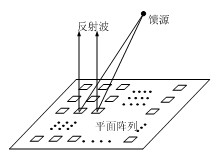
Figure 1 Schematic diagram of the structure of the reflective array antenna
3 reflection array unit analysis
3.1 Design of reflection array broadband unit
Figure 2 shows the structure of the new microstrip reflective array unit. The unit operates at a center frequency of 12 GHz and the microstrip patch is placed in the center of a square dielectric plate with a side length of 17 mm (approximately 0.68 λ). The dielectric plate has a relative dielectric constant of 2.65, a thickness of 0.79 mm, and a 3 mm air layer between the layers. The specific structure of the patch unit of the layer on the dielectric board is shown in Fig. 2(b), and the relative size of the layer is shown in the figure.
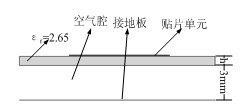
(a) side view
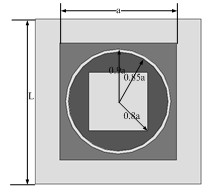
(b) Top view
Figure 2 Schematic diagram of the new reflective array unit structure
3.2 Analysis of phase shift characteristics of reflective array elements
In order to verify the phase shift characteristics of the reflective array elements designed in the previous section and estimate the bandwidth, the unit was modeled and simulated in Ansoft HFSS. The specific simulation results are shown in Figure 3 - Figure 4.
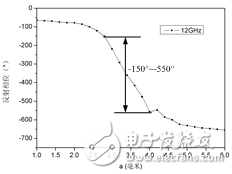
Figure 3 Phase diagram at 12GHz
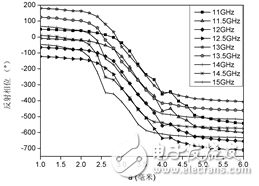
Figure 4 Phase plot at different frequencies
It can be seen from Fig. 3 that the unit of the novel structure can obtain a linear phase change curve of 400° (corresponding to a cell size of 2.5 mm to 4 mm), and the curve slope is gentle. Figure 4 shows a comparison of the phase change curves of the reflective array unit over a certain frequency range. It can be seen that the unit has broadband characteristics and can be applied to the design of a broadband reflective array.
Precision machining is a kind of machining, which is a workpiece to meet the requirements of the drawing of the line tolerance of the processing process, the workpiece in this process, will have certain changes in their performance characteristics and shape structure.
There are mechanical processing, naturally there are corresponding parts, mechanical parts design as a mechanical major of a subject, is one of the popular majors of science students, is also one of the strongest engineering; At present, this major requires not only good knowledge of science and engineering, but also excellent drawing ability and spatial imagination ability. In addition, due to the development of domestic industry and the constant change of demand, the demand for personnel in the mechanical processing industry is also increasing, and the employment rate of mechanical majors can reach 95%.
Precision Machining,Casting Exhaust Manifold,Stainless Stee Milling,Custom Cnc Machining Part
Tianhui Machine Co.,Ltd , https://www.thcastings.com